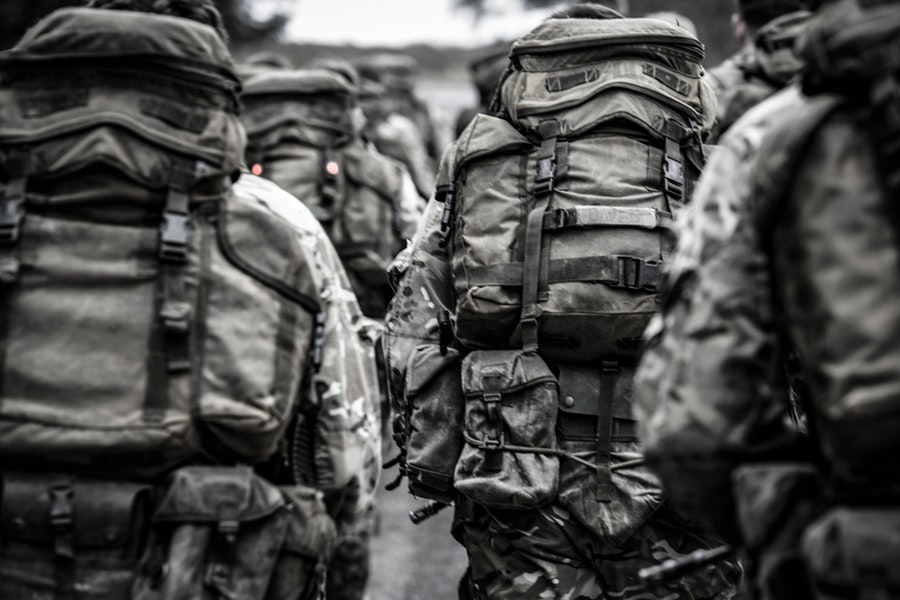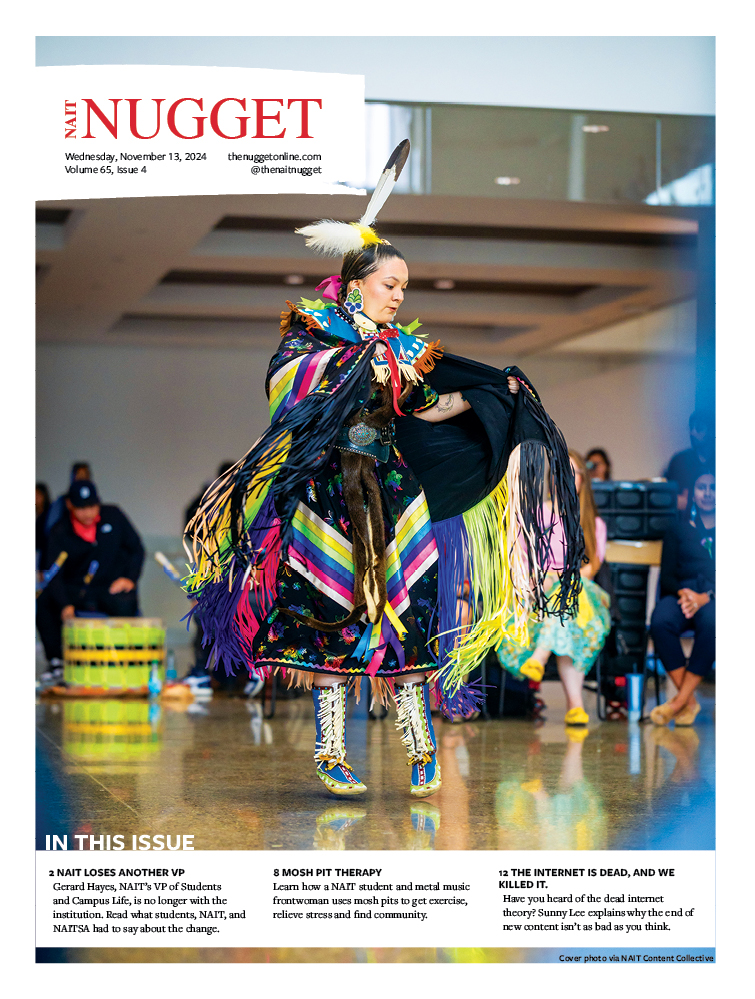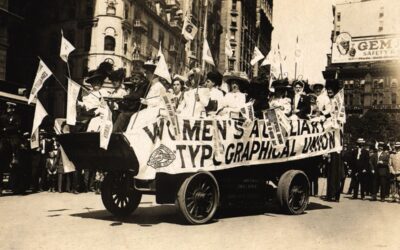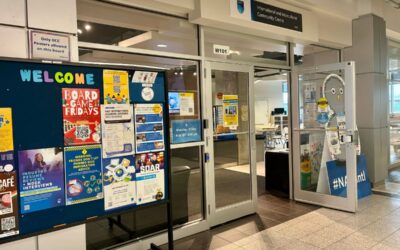Chris Ruston sits across from me in the NAITSA office, his right hand holding a Tim Horton’s cup, his left in his pocket. He fidgets slightly, rubbing his fingers along his jeans, tapping his toes on the carpet.
“Five years ago, I had decided this is what I want to do, this is the way my life is going. This is who I want to be. In my mind, that was a 25-plus-year plan … Now the problem is everything’s been turned up on its head and I have to come up with a whole new plan so I don’t exactly know where I’m headed or what to expect.”
According to Veterans Affairs Canada, 42 per cent of veterans released from the Forces between 2012 and 2015 reported difficulty adjusting to civilian life. Of those who released between 1998 and 2015, 35 per cent were unemployed at the time of the survey.
Ruston, who officially released in January, is among five per cent of veterans who pursued further training.
Having joined the forces in October 2012, Ruston spent six years as a combat engineer, working in various bases across the country. The rough lifestyle as a combat engineer left Ruston with a back injury and, early this year, he was released.
As a condition of a medical release, the Vocational Rehabilitation Program allots serving members six months to attend school, re-educate and reintegrate themselves into the civilian workforce.
“During that process, I found out that I could do some schooling and that’s how I ended up here at NAIT. I’ve always had a passion for cooking.”
Ruston is in the Culinary Arts program, and although the adjustment has been difficult, he finds comfort in the traditions that resemble those of the military.
“The kitchen is basically designed off the brigade system. Because of that it’s kind of easier to transition,” he said. “There’s a lot of great people that I’ve met and that I will know for years to come, but it’s a different atmosphere. I can’t say it’s worse, it’s just different. Trying to readjust for the way life is now and the way school is, the way everything is now is … definitely more of a challenge than I thought it was going to be.”
Ruston chuckles as he explains his sudden decision to join the military in 2012. “I just woke up one morning, went in, inquired about it, signed up and that was pretty much it,” Ruston said. “I’ve always had a lot of jobs but I’ve never had a career … I figured the military would provide me with a stable career path.”
Now, five years later, Ruston struggles to accept that his career with the Armed Forces has abruptly ended.
“I do miss the uniform. I do miss that feeling I had when I would go to work every day, knowing that I had a purpose,” he said. “I still haven’t fully accepted the fact that my military career is done and I’m now a civilian and in school.”
Kyle Huber is a first-year student at NAIT in the Construction Engineering Technology program. After a seven-year career as a combat engineer, Huber will be released from the military in May 2018. Though it wasn’t a path he expected, his passion for construction developed during his time in the military.
“I had it figured out when I was 14 that I wanted to be a soldier,” said Huber. “The military has large community involvement.
When they [the public] look up to you and they believe in you and what you’re doing and how you’re helping and that you are providing a genuine service towards the country … that’s what gives you the sense of purpose, that’s what kind of drives you.”
Huber is among 24 per cent of veterans who are medically released from the military.
“My career was essentially over, as soon as they said I couldn’t be deployed anymore. I felt useless at the end of the day. I felt like I wasn’t contributing to my team and I felt like I’d let people down because of that, including myself. I found that I needed to go elsewhere where I could actually apply my skills and be of use again.”
After his departure from the military, Huber says the transition to the civilian and student lifestyle has been made easier by the experience he’s had at NAIT. A genuine smile formed on Huber’s face as he described his instructors and the camaraderie among his classmates.
“I sense more cohesion at times between students working together than I sensed while I was in a trope or a platoon … ,” said Huber.
“Here, the people want to be here, and they make you want to be here, and it feels a lot like home.”
– Shawna Bannerman






